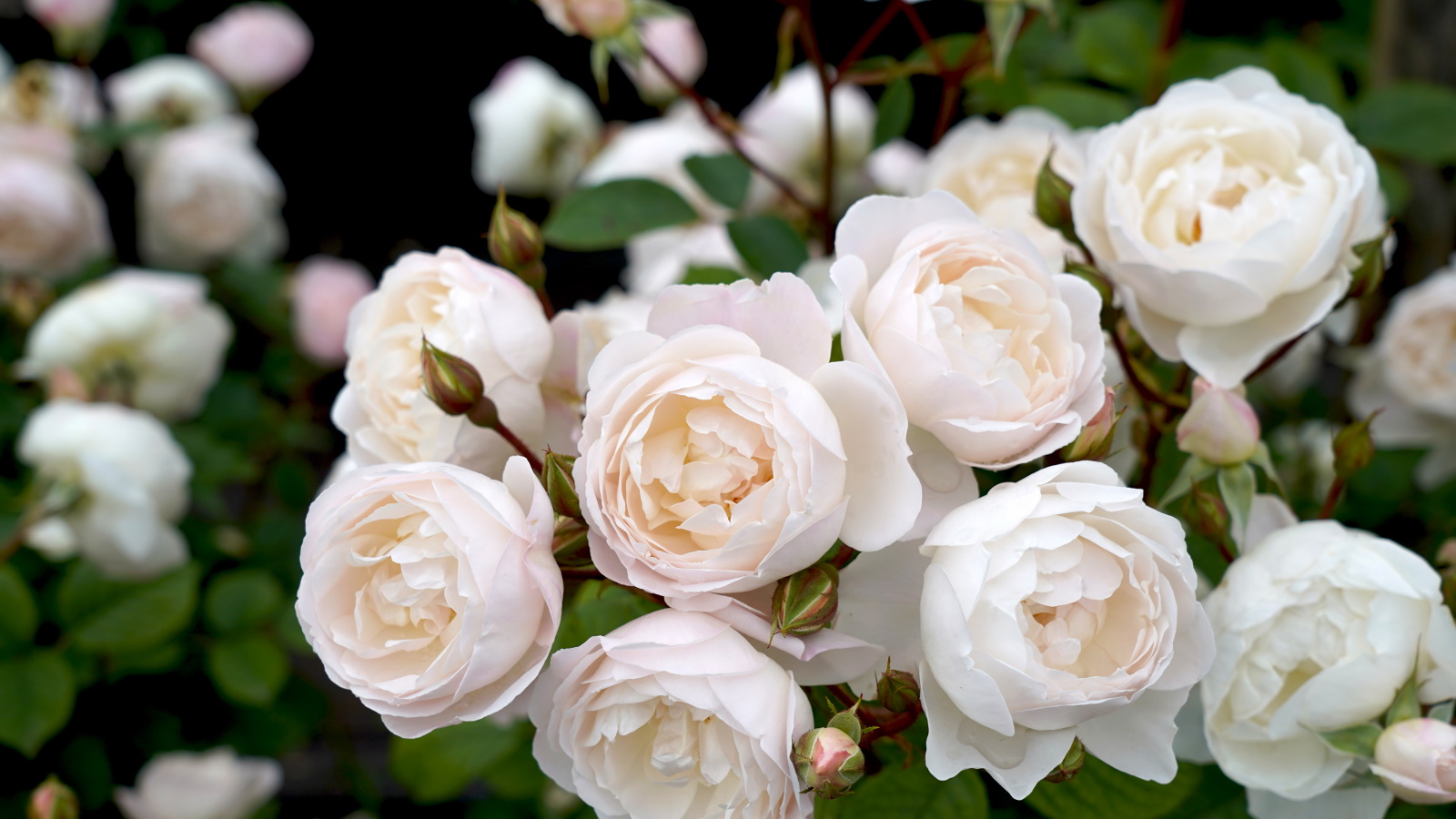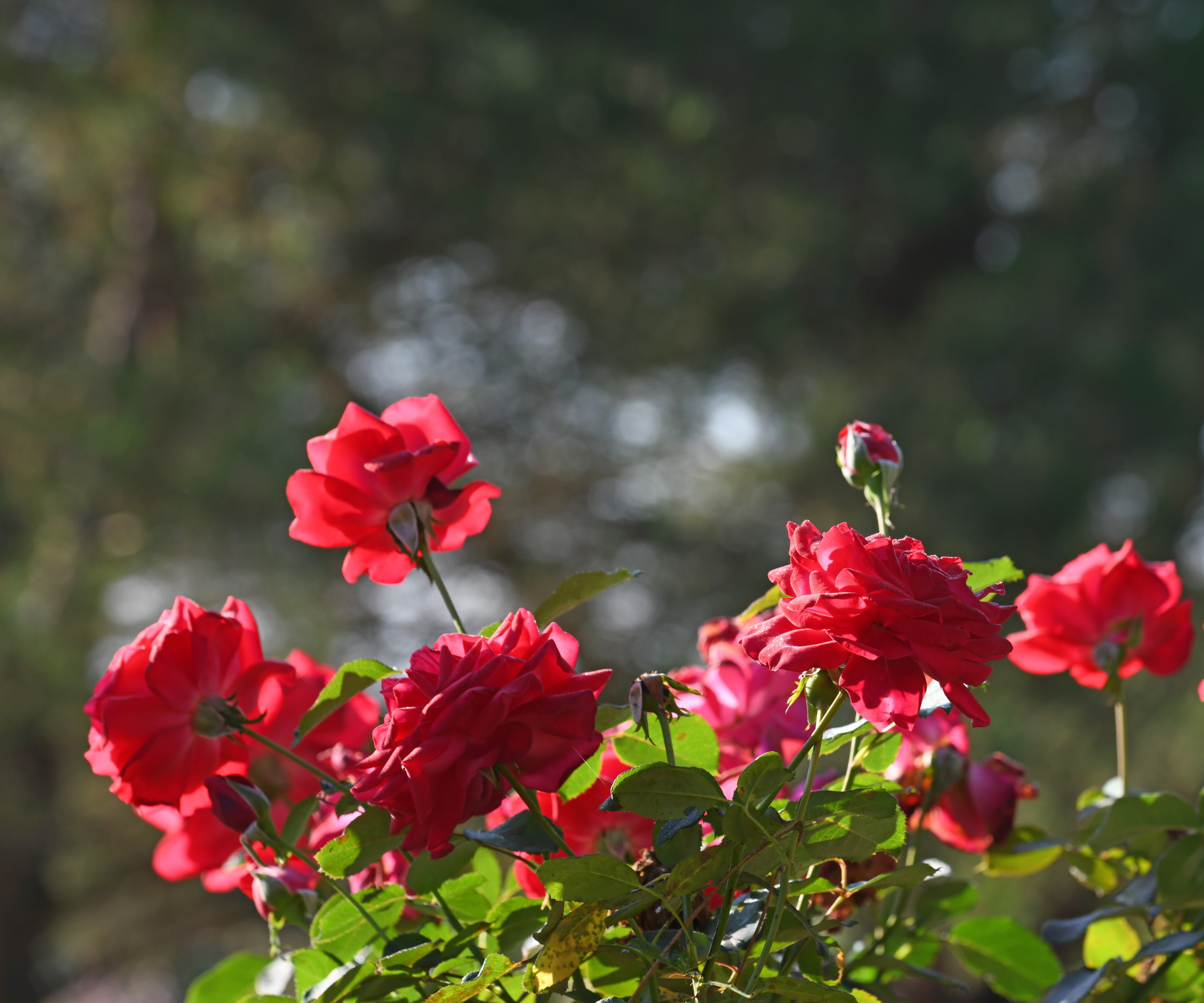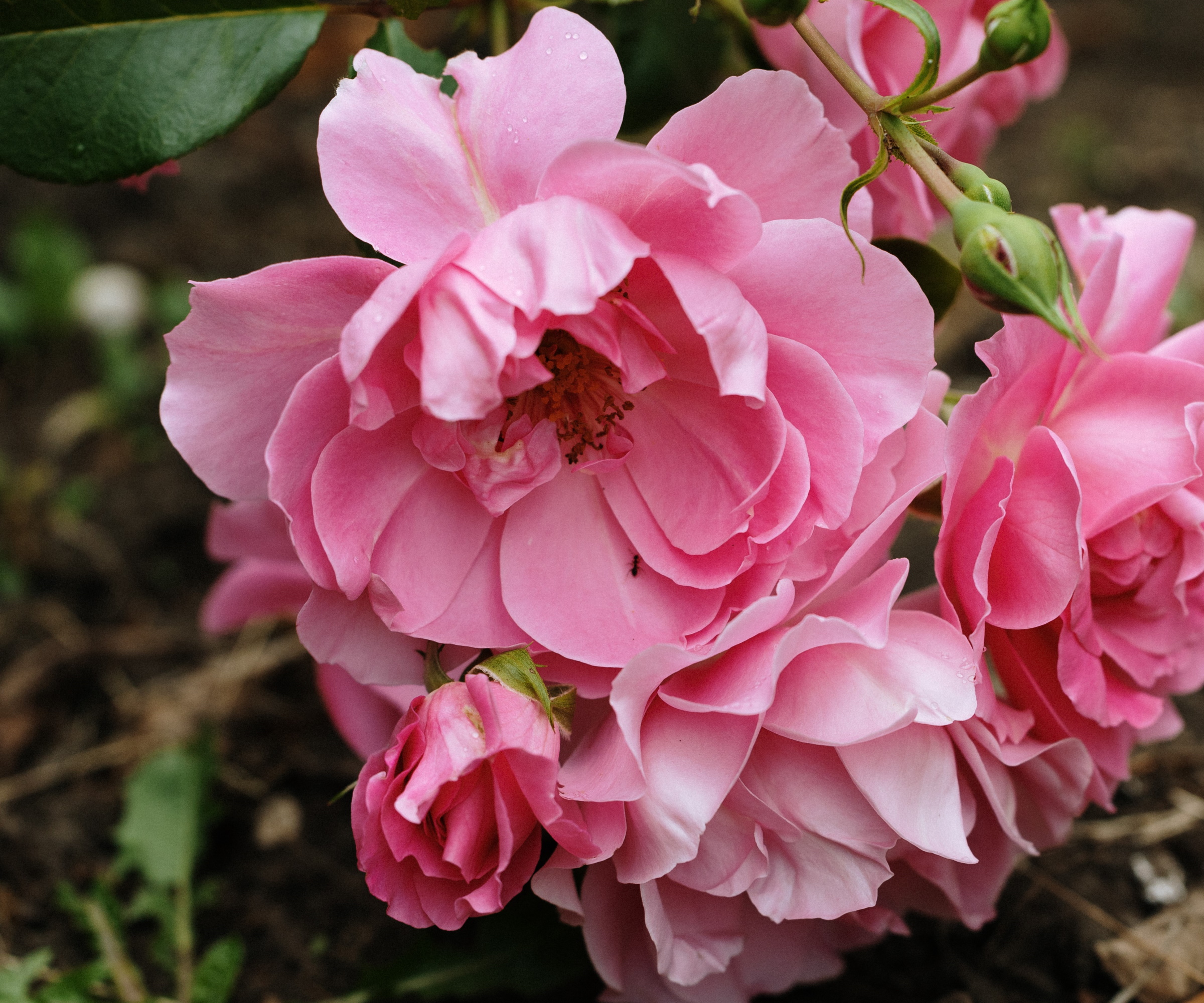Can roses grow in the shade? Experts discuss whether this classic flowering plant can tolerate shady situations
While roses prefer sunny spots, some varieties can tolerate a small amount of shade


Roses are timeless garden plants. Whether you grow climbing, shrub, or ground cover roses, these blooms are unmistakable, often conjuring up memories of cottage gardens visited long ago. The rose family is hugely diverse, and there are many plants with different forms, growing habits and preferences, meaning that there will be a rose to suit almost any yard.
When I began gardening, several years ago, I had a preconceived prejudice that roses were stuffy, old-fashioned, and not worth the trouble. Alas, today, my opinion couldn't be further from this. I am well and truly part of the rose-appreciation club, having grown to adore many different rose species and varieties. Just last week I was deadheading Rosa 'Roald Dahl', a sumptuous peach rose that is repeat flowering, growing happily in a pot on a small patio.
When considering rose care and growing, many will assume that roses need plenty of sunshine to thrive, and, for the most part, this is true. However, some rose varieties can tolerate a certain amount of shade. So, if you have a darker, north-facing yard, do not rule out rose growing. Here, rose experts answer the question, can roses grow in the shade?

Can roses grow in the shade?
Rose plants can be found in different shapes, sizes and colors. Whether you want a rambling rose to grow over a pergola or a small shrub to grow in a pot, there will be a rose to suit your outside space. While most fragrant roses need plenty of sunshine to produce a bounty of blooms, some varieties can tolerate moderate amounts of shade. So, gardeners with partially shaded yards can consider rose garden ideas.
Can roses grow in shady yards?

'Roses are generally known for needing sunny spots in the yard to thrive, but some varieties can handle part shade and part sun,' says garden expert, Katie Sunderlage.
When we speak of flowering plants for full sun, we generally mean plants that thrive with 8 hours or more of sunshine. When you hear the term part shade, it typically means that the plant can survive just fine with only 3 or 4 hours of direct sun, tolerating shade for most of the day.
'Some rose plants can be grown with only 4 hours of sunlight,' Katie says. 'I am not familiar with any roses that can be grown in full shade, as these flowering plants need some sunshine to produce buds and bloom.'
Design expertise in your inbox – from inspiring decorating ideas and beautiful celebrity homes to practical gardening advice and shopping round-ups.
'While they might not have as many blooms compared to those grown in full sun, planting roses in part shade will still produce plenty of flowers during the summer months for you to enjoy,' Katie says.
In warmer, southern US hardiness zones, such as zone 9 or zone 10, growing in part shade can be preferable, providing some protection from the scorching summer sun.
Importantly, only certain roses should be grown in shady borders, so it is crucial to research specific rose species or varieties before planting.

Operations Manager at Holland Group, managing the customer service department and purchasing. Katie has been in the green industry since 2005 in the Greater Milwaukee area, earning her degree in Horticulture in 2008. She has been able to share her love for plants working in multiple garden centers, in sales positions and most recently in an online retail platform at Holland Group.
Rose varieties that can tolerate part-shade

'Roses generally need 6 to 8 hours of sunlight per day,' says Robin Jennings, rose expert and Manager of Strategic Partnerships at Heirloom Roses, 'but a few varieties can handle partial shade.'
If you are unsure about the light amounts in your yard, consider using a measuring device, such as this light meter, available from Walmart. This useful tool will allow you to see just how much sunlight your plants will get.
As with part-shade perennials, 'part-shade roses need at least 4 hours of sunlight per day to grow,' Robin adds. 'For climbing roses, 'Eden' and 'New Dawn' are two varieties that can handle some shade.'
'For shrub roses, one striking option that can tolerate shade is 'Thérèse Bugnet', renowned for producing brilliant pink blooms,' says Robin. This is an 'older rose with nearly thornless canes, growing well in US hardiness zones 3 to 10. It also has good disease resistance too.' Rosa 'Thérèse Bugnet' is available to buy online from Walmart.
Robin also suggests 'Westerland' for a colorful option that can tolerate moderate shade, as seen in the image above with impactful orange blooms.
Finally, many of the Knock Out Roses will thrive with as little as 4 hours of sunlight. These are low-maintenance plants and come in a wide variety of colors, including pink, red and yellow. Knock-out roses are available to order online from Walmart.

Robin Jennings, a city girl from Canada, discovered her passion for gardening in the farmland of Oregon's Willamette Valley. Robin works for Heirloom Roses, where she collaborates with hybridizers to promote the beauty of own-root roses and preserve older varieties.
Shop part-shade roses
FAQs
What flowering shrubs can I grow in a shady yard?
If you want a rose-type plant for a dark and shady spot, I would recommend planting a camellia shrub. Learning how to grow camellias is relatively straightforward, and with a preference for shady spots, these rose-shaped blooms will add a pop of color to any border.
While roses have a preference for a sunny position, many can be grown in part-shade. Selecting a shade-tolerant variety that is also disease-resistant will ensure that your roses thrive, even in dark and challenging spots in the yard. For more rose-growing information, see our guide on how to move a rose and how to water roses.

Thomas is a Content Editor within the Gardens Team at Homes and Gardens. He has worked as a professional gardener for both public spaces and private estates, specializing in productive gardening, growing food and flowers. Trained in Horticulture at the Garden Museum, he has written on gardening and garden history for various publications, including The English Garden, Gardens Illustrated, Hortus, The London Gardener and Bloom. He has co-authored a Lonely Planet travel book, The Tree Atlas, due out in 2024.


